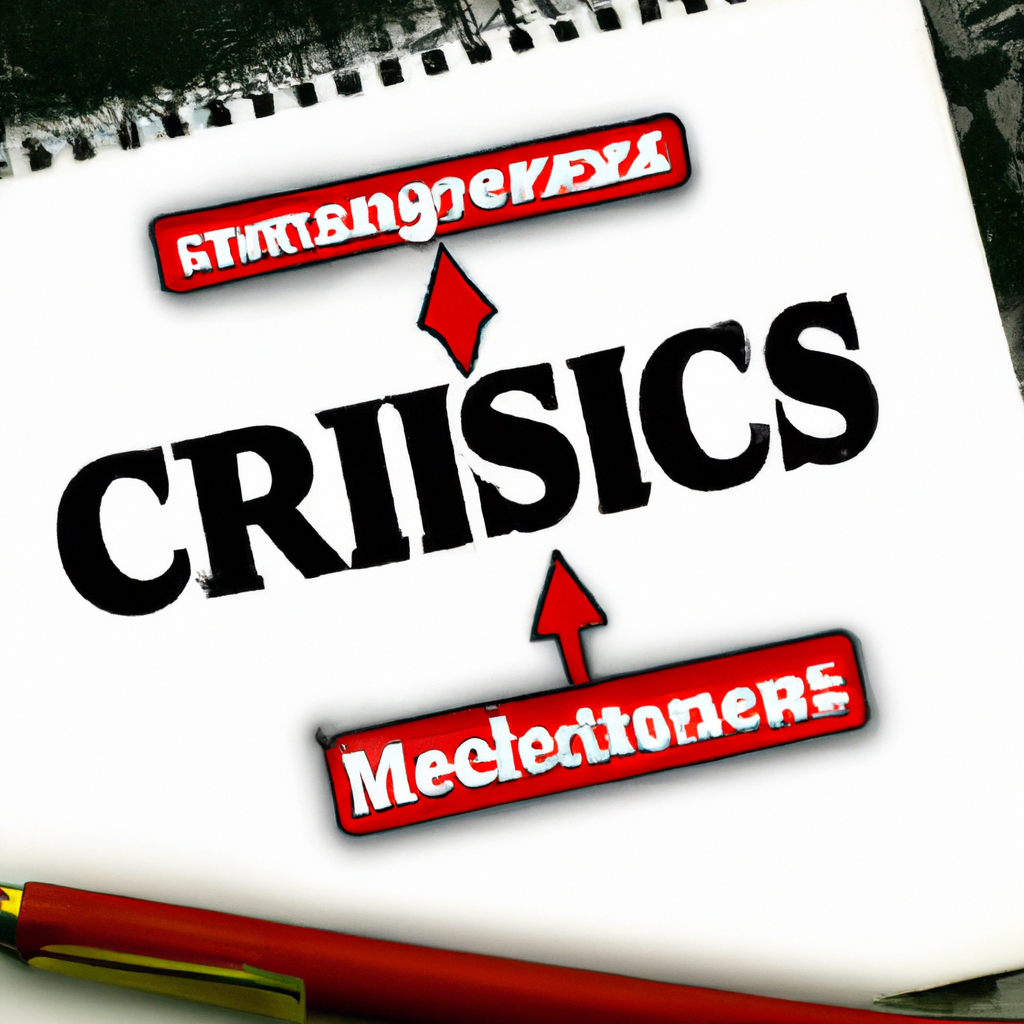Hey there, folks! I hope you’re all doing well. Today, I’m diving into a topic that’s become pretty crucial in our fast-paced world—integrating digital tools and AI into crisis management plans. Now, I know that sounds a bit tech-heavy at first glance, but trust me, it’s not as complicated as it seems. In fact, it’s something we can all relate to in one way or another.
Picture this: It’s 2017, and I’m sitting at my desk when suddenly my phone buzzes like crazy. It’s an alert about a wildfire nearby. Honestly, my heart skipped a beat because my family lived just miles away from the danger zone. That was the moment I realized how vital having an efficient crisis management plan is—not just for big organizations but for everyday people too.
Back then, digital tools weren’t as advanced as they are today. We relied on news channels and radio updates to know what was going on. Fast forward to now—wow! The way technology has transformed crisis management is just mind-blowing.
Take social media platforms like Twitter and Facebook for example—they’re not just for sharing memes or vacation pics anymore (though they’re great for that too!). During emergencies, they’re used by authorities to spread information quickly and reach thousands of people within seconds. It’s kind of incredible if you think about it!
And then there’s artificial intelligence—or AI—which has been making waves everywhere lately—even in handling crises! Remember Hurricane Harvey back in 2017? Well, AI played a role there by predicting flooding patterns using data analysis which helped emergency teams prepare better responses ahead of time.
One personal anecdote that stands out involves my friend Sarah who works with local government agencies dealing with disaster response planning here in California (where else?). She told me how they’ve started integrating AI into their systems recently—a game changer according to her! Instead of relying solely on human judgment—which let’s face it can sometimes be flawed—they use algorithms capable of processing tons more info than any person ever could manage alone.
But hey—we’re not saying machines will replace humans altogether; rather these technologies are meant to support decision-making processes so we make smarter choices under pressure situations without losing precious time second-guessing ourselves unnecessarily!
Let’s talk real-life examples now: There’s this amazing app called PulsePoint Respond designed specifically for medical emergencies such as cardiac arrests happening nearby where users receive notifications whenever someone needs immediate assistance before professional help arrives—that could save lives right there! Imagine being able to lend your CPR skills precisely when needed most—all thanks largely due advancements made possible through modern-day digital innovations combined cleverly alongside good old-fashioned community spirit too…neat huh?
Of course though—as awesome these developments seem—they come along challenges requiring careful consideration beforehand especially regarding privacy concerns surrounding personal data collected during usage times etcetera…something worth keeping mindful while embracing new-age solutions moving forward together cautiously yet optimistically nonetheless surely?
So yeah folks—when thinking about creating effective crisis management strategies nowadays don’t overlook importance incorporating suitable tech resources available readily at fingertips already today itself practically speaking really no excuse whatsoever ignoring potential benefits offered ultimately providing peace-of-mind knowing prepared adequately whatever life throws unexpectedly next around corner perhaps tomorrow maybe even tonight who knows?!
That’s all from me right now until next time stay safe out there everyone cheers signing off bye-bye take care y’all catch ya later ✌️
